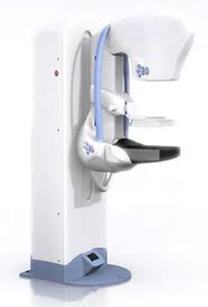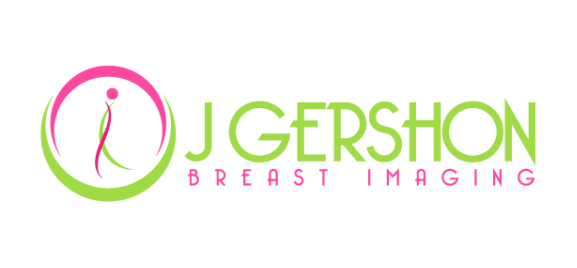 Our current society is one of a “digital” age. Almost everything we do on a day-to-day basis involves some form of digital media. Over the years radiology imaging has joined the digital era and “films” have become a word of the past. The first full-field digital mammography unit was approved by the FDA in 2000. Since that time, the number of facilities converting to full-field digital mammography has multiplied rapidly. There are two types of digital mammography; full-field digital mammography (FFDM) and computed radiography (CR). CR units were introduced as a less-expensive alternative to FFDM, as offices could modify older screen-film mammography equipment and convert the images into a digital format. However, it has been found that the cancer detection rates are lower with CR vs. FFDM. CR was found to be 21% less effective than FFDM in detecting cancer.(1) A recent comparative study found that FFDM has significantly better image quality with regards to tissue coverage, compression, exposure, contrast, and resolution.(2) Women with dense breast tissue benefit significantly from FFDM, as the tissue is more clearly visualized and calcifications are more sharply delineated. In addition to improved quality and better cancer detection with FFDM, there is less radiation per image, 22%, when compared to film-screen mammography.(3) When choosing a mammography center, it is important to know exactly what type of mammogram you will be undergoing. There is “digital” imaging and there is “full-field” digital imaging. Be sure to ask what type of mammogram you will be receiving and choose your mammography center wisely. As the benefits of FFDM outweigh CR, why sacrifice your care when you can have the best there is to offer?! Julie S. Gershon, M.D. Breast Imaging Specialist (1) "Digital Compared with Screen-Film Mammography: Performance Measures in Concurrent Cohorts within an Organized Breast Screening Program." Collaborating with Dr. Chiarelli were Sarah A. Edwards, M.H.Sc., Maegan V. Prummel, M.P.H., Derek Muradali, M.D., Vicky Majpruz, M.Sc., Susan J. Done, M.B., B.Chir., Patrick Brown, Ph.D., Rene S. Shumak, M.D., and Martin J. Yaffe, Ph.D. The study was funded by the Canadian Institutes of Health Research-Radiology May 2013 (2) "A Comparative Study of Computed Radiography-based Mammography Using Digital Phosphor Storage Plate and Full Field Digital Mammography” Chelliah KK, Tamanang S, Bt Elias LS, Ying KY - Indian J Med Sci. 13 Oct. 2013. (3) "Comparison of Acquisition Parameters and Breast Dose in Digital Mammography and Screen-Film Mammography in the American College of Radiology Imaging Network Digital Mammographic Imaging Screening Trial” R. Edward Hendrick, Etta D. Pisano, Alice Averbukh, Catherine Moran, Eric A. Berns , Martin J. Yaffe, Benjamin Herman, Suddhasatta Acharyya and Constantine Gatsonis-American Journal of Roentgenology: Vol. 194, No. 2 (AJR) Feb. 2010.
2 Comments
3/11/2021 11:48:45 am
Thanks for the tip to make sure you know what type of mammogram you will attend at a mammography place. My wife wants to get tested. Her mom has breast cancer so she is afraid that she could have it as well.
Reply
Leave a Reply. |
AuthorJulie S. Gershon, M.D. Archives
October 2023
Categories |
|
J Gershon Breast Imaging
|
21 Arch Rd. Avon, CT 06001
|
P: 860.673.8379 F: 860.271.8025
|

 RSS Feed
RSS Feed